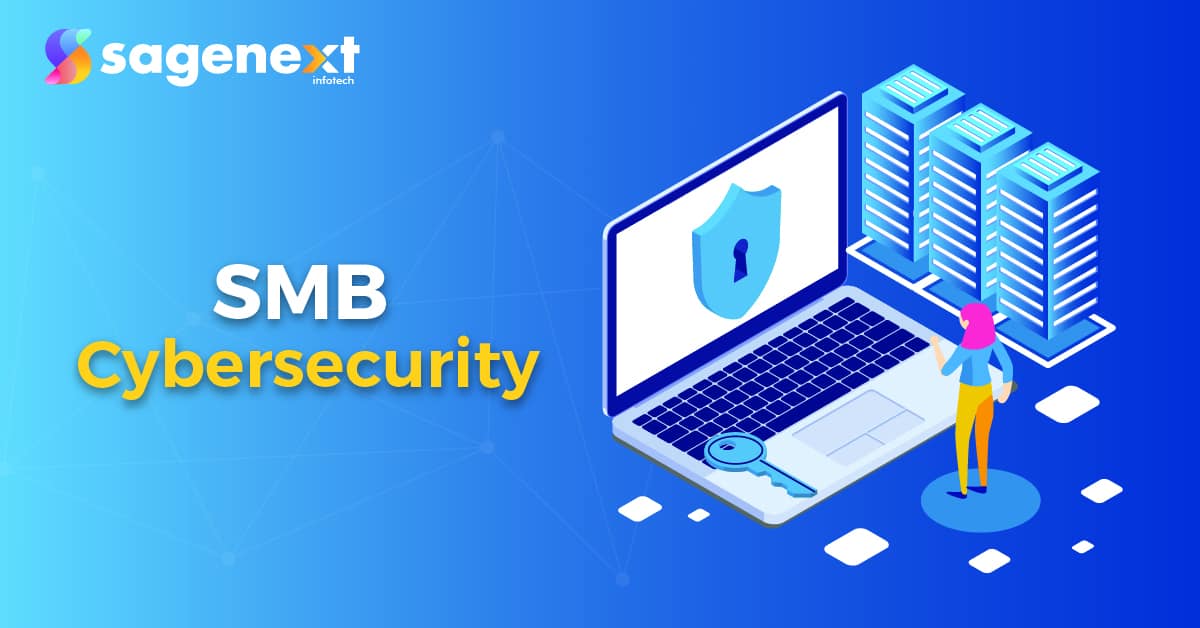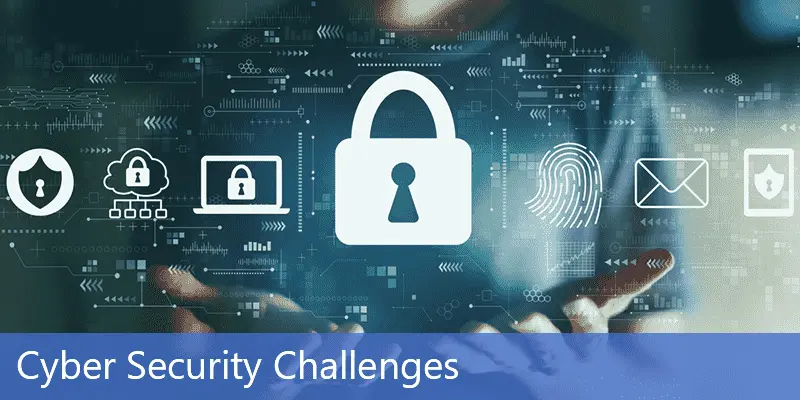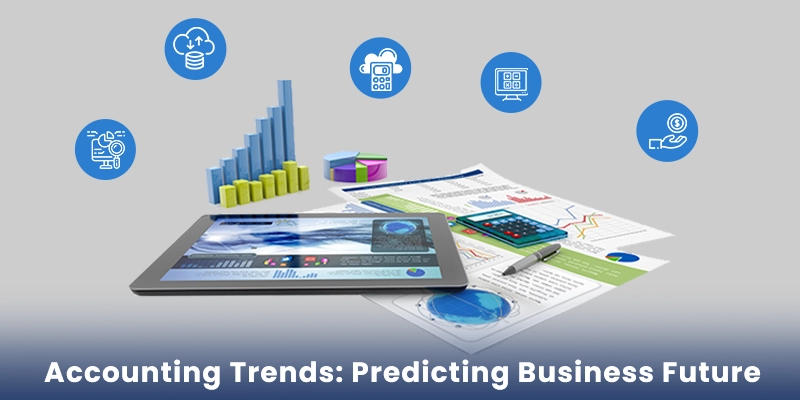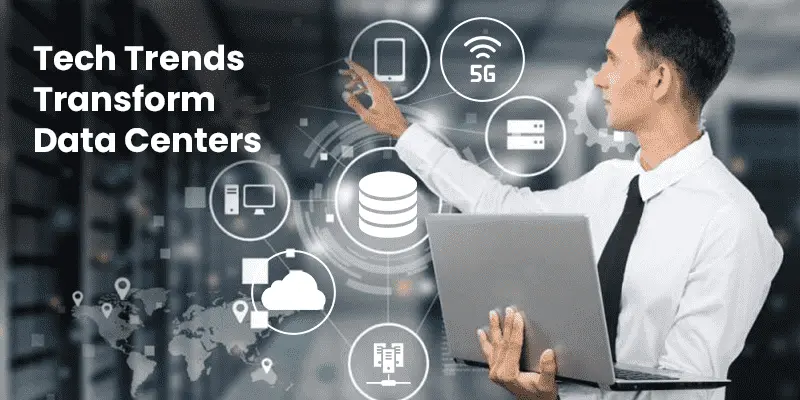
3 SMB Cybersecurity Statistics & Trends to Watch Out
Cybersecurity is one of the biggest threats, and that requires no introduction. Even most of you won’t have the slightest idea what public platforms like LinkedIn or Facebook do with your data. Not just for individuals, this concern is for EVERYONE!
A closer look at a research study earlier this year (January) highlighted a significant risk. On a combined scale for U.K and U.S, a staggering number of 23% of SMBs do not prefer spending much on endpoint security. Likewise, nearly 32% of small business owners are dependent on free security solutions.

Even though the above information seems unrealistic, the reality is hard-hitting. Let us move ahead with insights, statistics, and trends related to SMB Cybersecurity.
1. Ransomware can target any business
Suppose, one fine morning you visit your head office and find that all the computers/ laptops have been locked out. Added to this, a threatening message appears in all the screens, demanding a huge amount as a ransom against unlocking those hacked systems.
Frightening, isn’t it?
Not even close. Here’s why.

Well, this is not a horror story that occurs once in a blue moon. Such an incident is a prime example of ransomware that locks up necessary data of the company. If the ransom demand is not fulfilled, the consequences can be grave.
It can be in the form of hacked systems, stolen data and complete destruction of backup files. It is a problem for both small and medium-sized businesses, making SMB cybersecurity an essential requirement.
Looking back at the 2018 Deloitte- NASCIO Cybersecurity Studies, ransomware not only created a serious concern for small and medium businesses, but also for firms of all sizes across the globe.

Currently, the condition seems to be getting out of control. With every leap in technology, the severity is being assumed to be of a drastic level. Here are a few troubling evolutions.
- As per the small business cyber attack statistics, the stipulated cost of the ransomware attack on SMB businesses stands around $133,000.
- Throughout 2019, average ransomware payment saw a jump from US$12,762 to US$36,295 (almost thrice the initial value).
- At least 1 SMB falls victim to ransomware every 14 seconds.
The targeted victims by the cybercriminals are mostly those firms who lack proper backup and have a poor monetary backup. Surprisingly, the U.S tops the ransomware attack rank with a staggering 18.2% (report by Symantec).
2. Neglecting small business cybersecurity awareness training
An interesting report from Fraudwatch (2018) highlighted the plight of cybersecurity breaches. Almost 95% of those breaches were related to human errors. A piece of astonishing information came out via 38% of global organizations, who claim to be well prepared to handle sophisticated cyber-attacks.
More than $2 million SMBs saw a complete enterprise shut down in the year 2018. The primary reason for such plight was the inexperienced staff. Neither did the employees have proper training nor did they have an effective small business cybersecurity plan to tackle such adverse situations.
Sadly, the resultant is something that is unexpected, yet followed by most.

It is not that they don’t want to act, but because they are not aware that they have become the victim.
3. Phishing attacks
A report published by Microsoft highlighted the gradual increase of phishing scams. Initially, the number in September 2018 was recorded to be 0.31% (approx.). However, the number saw a spiking increase of 0.62% in September 2019.
Phishing attacks have become a tool like voodoo dolls for cybercriminals. It only takes an email and all the sensitive information is extracted. The process is so simple that most business houses loosen their security measures and fall directly into their trap. The mails look authentic enough, confusing most tech-savvy individuals and losing valuable information.
Another level of phishing attack was observed in 2018, where malware linked emails were the trending form of corrupting the system. In fact, 93% o the observed malware were polymorphic in nature. Simply put, those malware had the ability to change their codes so that they can escape detection.
Here is a comparative graph that distinguishes the different types of cyber attacks on businesses.

Apart from phishing, the threat levels of social engineering and malware have gone down to a considerable level by 2019.
Potential Solution
After identifying, relating and comparing the cybersecurity statistics, one cannot leave without knowing the solutions to the problems. The risks highlighted above can be easily tackled if SMBs provide proper training to their staff and switch to a better option. The chances of reducing the level of getting spammed or hacked can be attained by moving to the cloud platform.
According to a survey by the Wall Street Journal, SMBs of 25 populous American cities have either purchased cyber insurance or have shifted to the cloud platform.

The numbers are really startling but inculcating proper solutions is only the way to curb the adversely increasing cybersecurity dangers. The industry experts are already talking about how being cyber resilient can improve the organization’s cybersecurity stance.
Aside from embracing the need for antivirus, backup and multi-layered approaches, cybersecurity should be the prime concern. After all, compromising cybersecurity can cost you a lot. It can only fast forward the degradation process of your service structure, where other businesses will be growing in leaps and bound.







